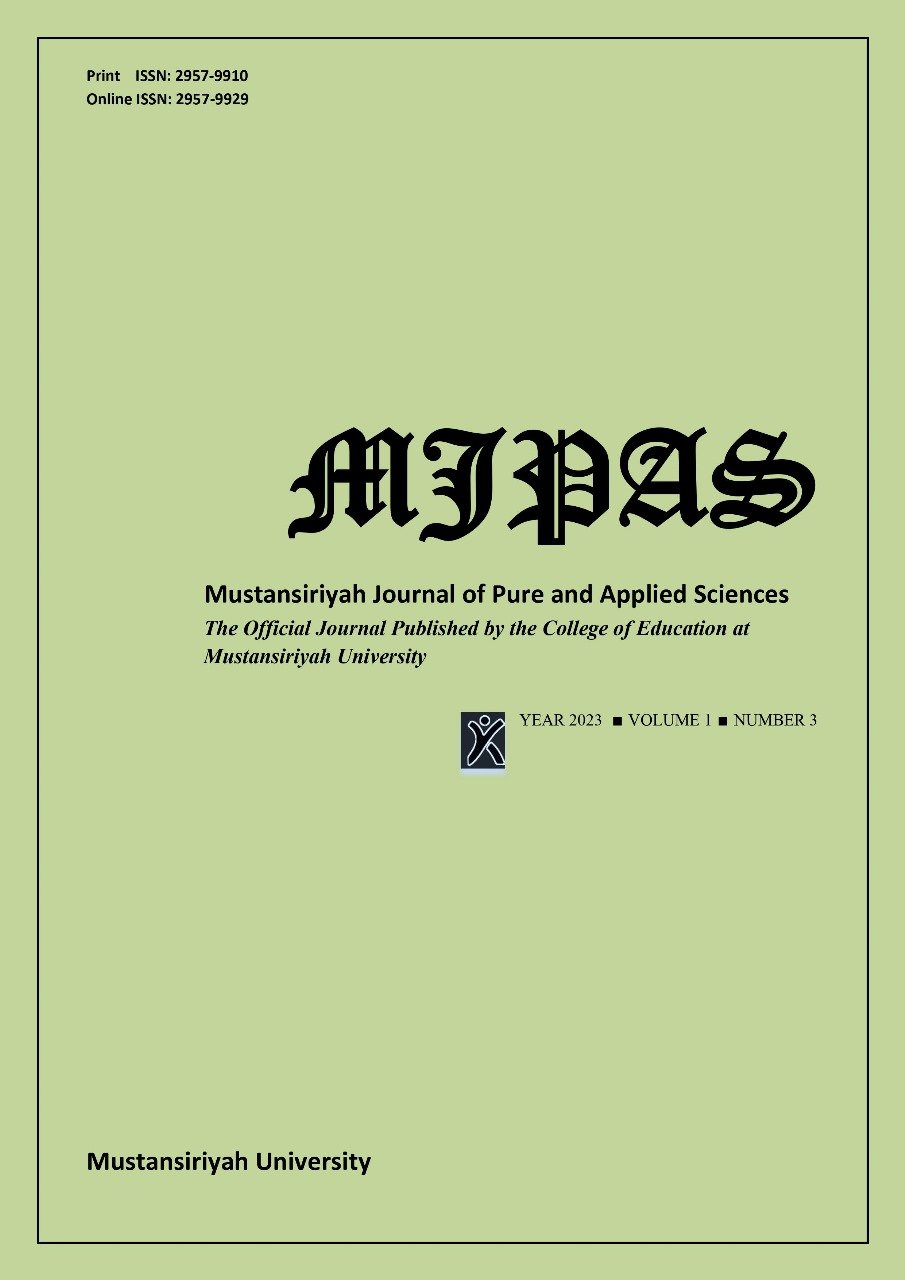Cavitation microbubbles in the medical ultrasound imaging: A Review
N.Y. Mohammeda, N.S. Dawood, R.G. Al-Qadhi, D. A. Mohammed, Y. Al –Qassab and L.K. Jambi
DOI: https://doi.org/10.47831/mjpas.v1i3.47
Keywords: Ultrasound, Cavitation, microbubbles, encapsulated microbubbles.
Abstract
Ultrasound is a mechanical energy which can generate altering zones of compression and rarefaction along its path in the tissues. Ultrasound imaging can provide a real time screening for blood and multiple organs to aiding the diagnostic and treatment. However, ultrasound has the potential to deposit energy in the blood and tissues causing bio effects which is depending on ultrasound characteristics that including frequency and the amount of intensity. These bio effects include either a stable cavitation presented non thermal effects or inertial cavitation of harmful effect on the tissues. The non-thermal cavitation can add features in diagnostic imaging and treatment more than the inertial cavitation. Ultrasound Contrast agents are a microbubble of high scattering signals that are well developed and injected intravenously to obtain good contrast image among tissues which have very low difference in their acoustic impedance.
The fundamental of this review is to summarize the physics concepts of ultrasound in medical imaging in relation to the stimulation of cavitation phenomena, whether it is free formation or encapsulated microbubbles in connected to the physical parameters that regulate the degree of bio effects, mechanical index and their role in introducing a contrast image to improve the medical diagnostic.


